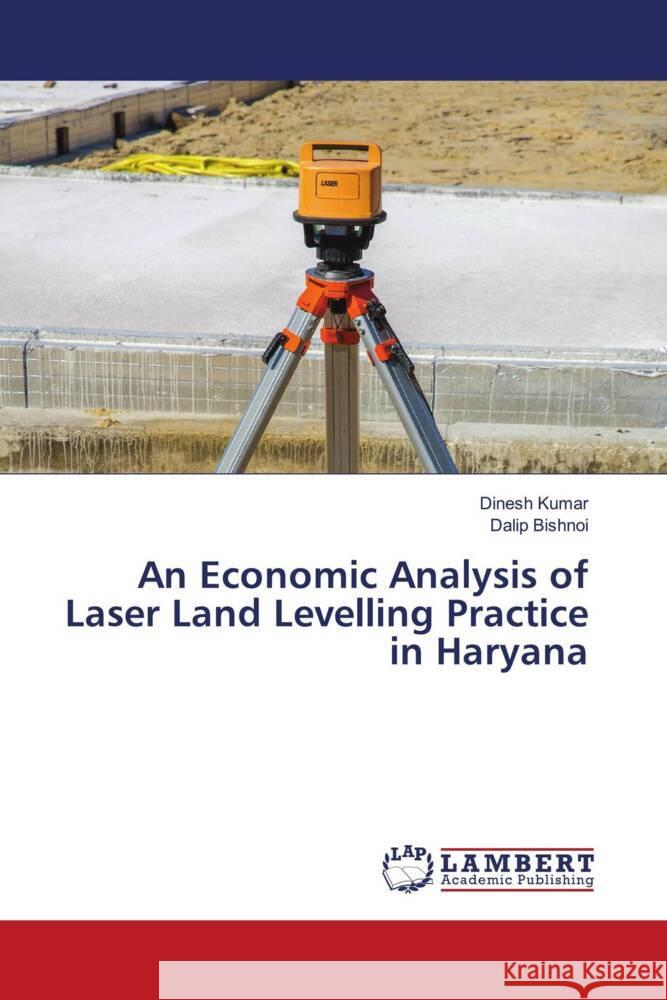An Economic Analysis of Laser Land Levelling Practice in Haryana » książka
An Economic Analysis of Laser Land Levelling Practice in Haryana
ISBN-13: 9786203589269 / Angielski / Miękka / 104 str.
The Study was carried out in Karnal and Sirsa district of Haryana in 2019-2020. These districts were selected purposively on the basis of highest area under paddy-wheat and cotton-wheat cropping patterns, respectively. 120 respondents were selected randomly. Results revealed that total cost of cultivation of all the crops under study was found higher under LLL as compared to CLL while gross returns, net returns and B-C ratio were found higher under CLL as compared to LLL, showing its profitability. Major benefits of using LLL were in reducing irrigation time per irrigation and per crop season and increasing water productivity. But, reduction in irrigation time and net benefits of using LLL were higher in paddy-wheat (Karnal) compared to cotton-wheat (Sirsa) cropping system. Also, study showed that machine hours and yield were increased while use of all other inputs were reduced under LLL vis-à-vis CLL showing resource conserving potential. Results of Bisaliah decomposition model showed that major change in productivity was due to technological change (positive impact) as compared to input use (negative impact).











